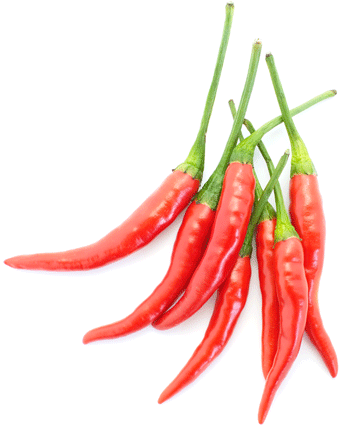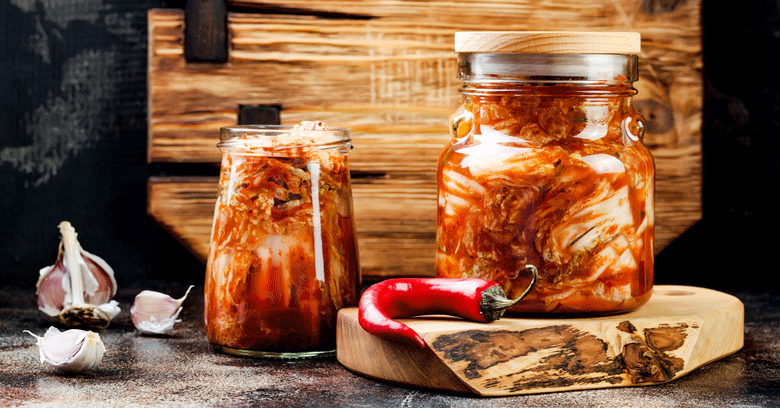While the history of aromatic spices in Korea goes right back in time, Chillies probably only began being used in Korean cooking during the late 16th century. One theory is that Portuguese missionaries introduced them. Another is that Chillies were introduced to the Koreans by the Japanese when they invaded Korea in 1592.
 According to Wikipedia, it has commonly been assumed that before being introduced to the Chilli, spices like black pepper (Piper nigrum) and Korean Pepper (Zanthoxylum piperitum) were used to make Korean pepper paste (Gochujang).
According to Wikipedia, it has commonly been assumed that before being introduced to the Chilli, spices like black pepper (Piper nigrum) and Korean Pepper (Zanthoxylum piperitum) were used to make Korean pepper paste (Gochujang).
However, once the Koreans tasted Chillies, that was that. They were hooked. Following the same pattern as that which happened with the introduction of Chillies to India, they rapidly replaced the previous peppers due to their superior taste and pungency.
Another reason for the Chillies great success is that they were easy to cultivate and were soon grown very successfully around the country. Indeed, to such an extent, Chillies are today one of the most widely grown and eaten vegetables in Korea.

Today, Gochujang is made by fermenting red chillies with glutinous rice, fermented soy powder, barley powder, and salt to result in a spicy red paste with a sweet note. It is extensively used in Korea as a condiment and to flavour many dishes including Bulgogi
Besides the use of Gochujang in their cuisine, you will also find chillies being used in just about every other form in Korean cooking. Fresh chillies are used to make dishes like Kkwarigochu-jjim (Steamed Shishito Chillies), Ssam (vegetable leaves wrapped around grilled meat with the option of adding Chillies) and Gochu-sobagi (Green Chillies stuffed with Kimchi). Gochu-jangajji (Korean chilli pickles) uses fresh green Chillies that are pickled with soya sauce and vinegar. Yet another recipe using fresh Chillies is Gochu Twigim (Korean Chillies stuffed with ground meat and deep-fried).
Dried Korean chillies are used in powder or flake form to make dishes like Kimchi (fermented cabbage and radishes), Kkotgetang (Korean crab stew), and Tteokbokki (Spicy rice cakes that are stir-fried and Ojinguh-bokkeum (Korean spicy stir-fried squid).
The word for chillies is Gochu. When Chillies are young and green, they are called Put-gochu, which means young and green. When allowed to mature and turn red, they are called hong-gochu.
Cheongyang chilli - is a medium-sized green chilli (when young) with a Scoville rating of about 10000 SHU. It was developed as a hybrid between the local Jejudo chilli and the Thai Chilli. It is used in recipes like Gochujang eomuk bokkeum (spicy fish cakes). When they mature and turn red, they can be dried to make cheongyang gochutgaru (Korean Chilli flakes).
Kkwari-gochu chillies – Also known as the Shashito or ground cherry Chilli is a wrinkled slim chilli that grows to between one and two inches. While it will turn to a bright red colour if allowed to ripen, it is generally harvested when young and green. It has a Scoville rating of about 1000 SHU. They are used to make dishes like Myulchi Bokkeum (Korean pan-fried anchovies and Chillies) and Jangjorim (salty beef with Chillies)
The general term for chillies in Korea is Cheong-gochu, which includes many varieties like the Korean long green pepper and asagi-gochu.
Image credits:
Korean food chosun Ilsan by Aron Yoo is licensed under ( CC by- ND 2.0) via Flikr
Pork Bulgogi by Alpha is licensed under (CC BY-SA 2.0) via Flikr

